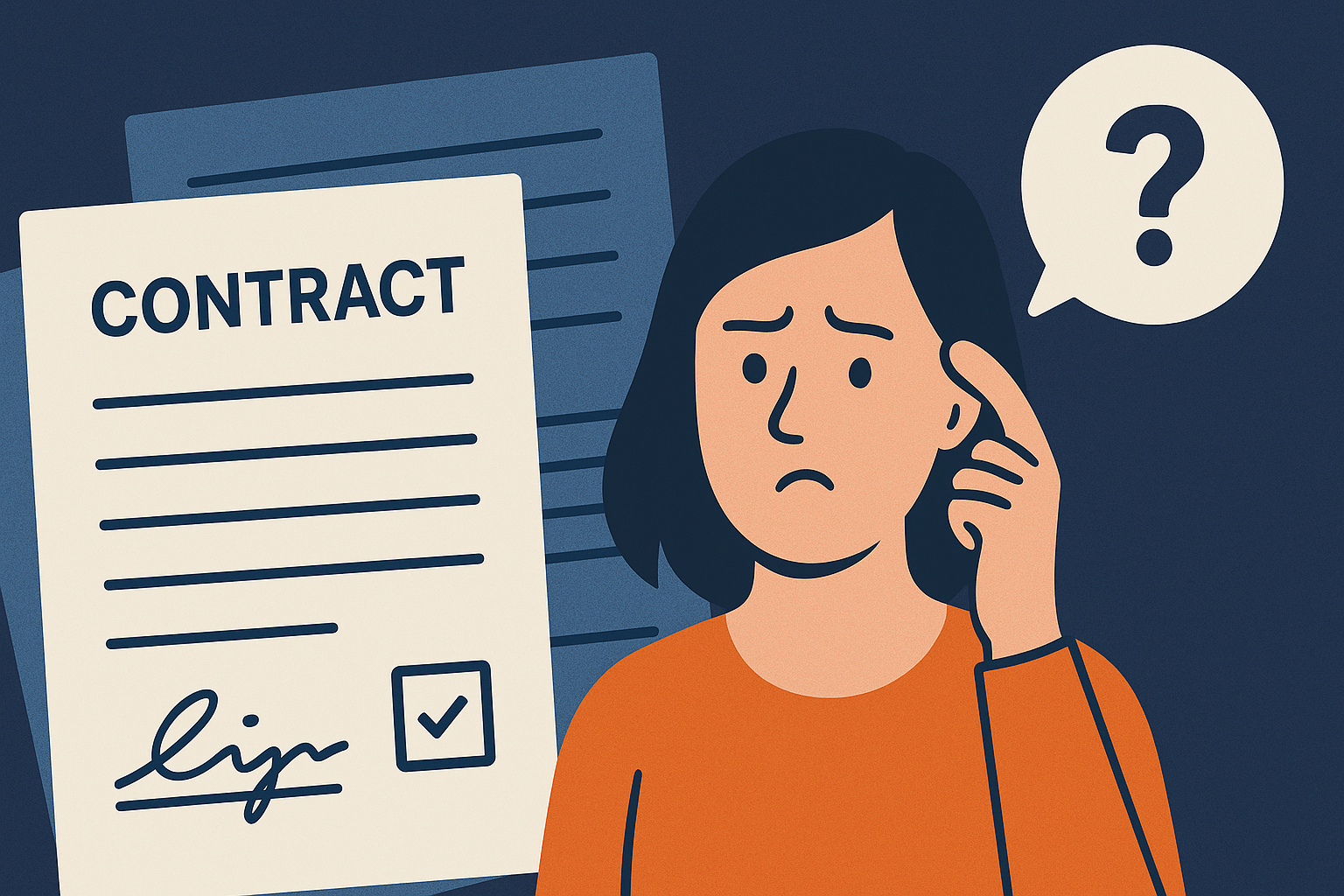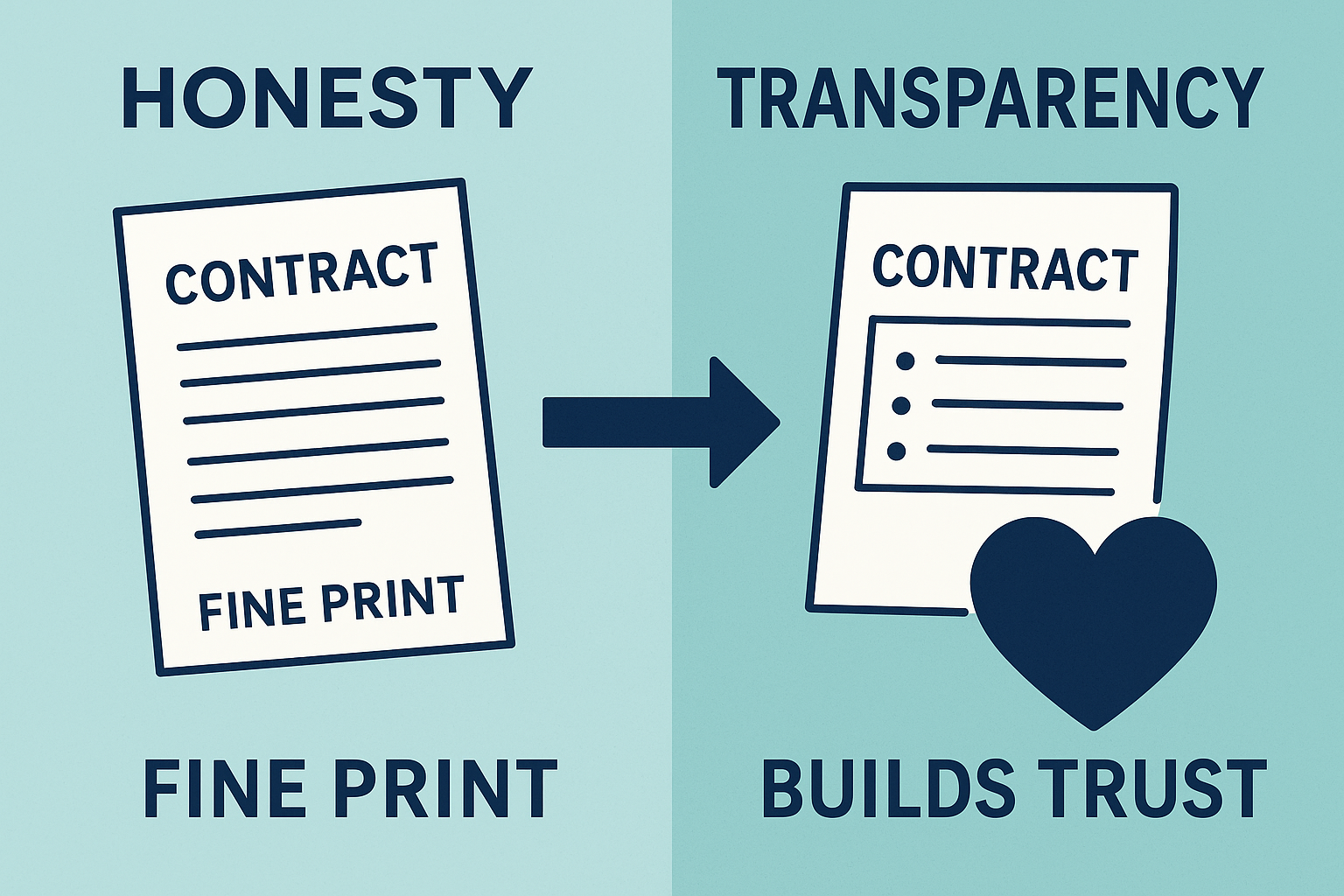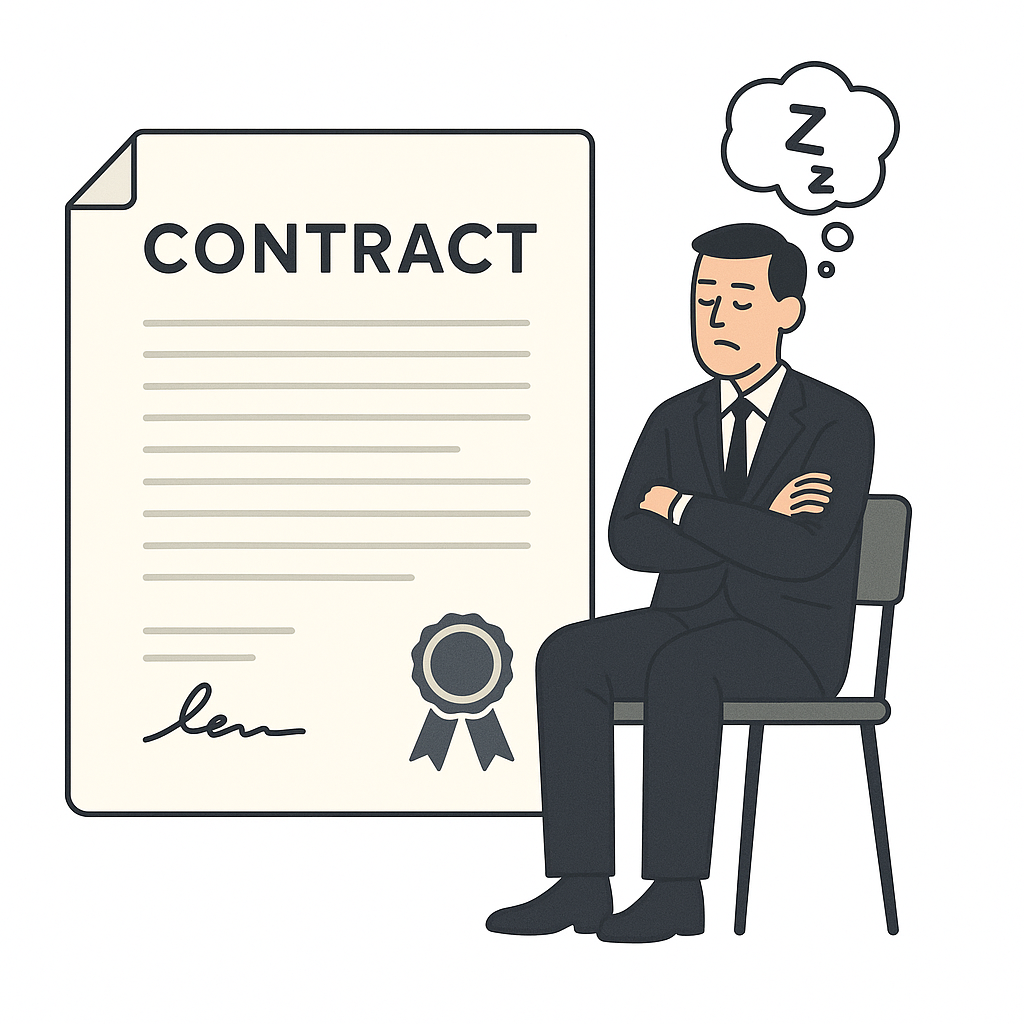When clients truly understand what they’re agreeing to, they’re far less likely to complain or dispute the outcome.
In practice, confusion and “fine print” that isn’t communicated clearly often leads to surprise charges or missed obligations, triggering formal complaints. For compliance officers and legal teams, this isn’t just a customer service issue – it’s a regulatory and reputational risk. This resource explains why misunderstandings cause disputes, how to design agreements for true understanding, and the business benefits of preventing confusion up front.
When a customer skips over complex terms or encounters unexpected fees, trust quickly erodes. For example, UK regulators and dispute bodies have noted a sharp rise in complaints about hidden fees and obscure contract clauses. We’ll outline the common causes of miscommunication and practical design steps (plain language, summaries, confirmations) that can turn an “I agree” into a genuine “I understand” – ultimately lowering complaints and legal headaches.
When key terms are buried in jargon or fine print, clients often sign contracts without realizing what they promise. This disconnect is a major driver of complaints. For example, the Financial Ombudsman Service (FOS) received over 165,000 new complaints in 2022–23 – many stemming from customers who say they “didn’t understand” the charges or commitments in their agreement. Industry research confirms that roughly one in three complaints is upheld in the customer’s favor, often not because of wrongdoing but because the client genuinely missed an important term.
Misunderstandings carry heavy costs. Even a single complaint can demand hours of work – investigations, emails, manager reviews and reports. There are also hidden costs: for every customer who speaks up, several more may quietly leave and never return. In short, confusion is expensive, and preventing it is worth the effort.

Unclear communication typically leads to:
Higher complaint volumes: Clients hit with unexpected fees or outcomes tend to call support or go to a regulator.
Strain on support and legal teams: Resolving misunderstandings ties up staff in refunds, chargeback disputes, and legal responses.
Regulatory risk: Firms may face scrutiny or fines if customers aren’t taking “reasonable steps to ensure they understand” products as required by FCA Consumer Duty and SRA rules.
Reputational damage: Confused clients lose trust quickly. Bad word-of-mouth or negative reviews then drive away future business.
In regulated sectors (finance, legal services, healthcare, etc.), these risks are magnified. As one i‑agree blog explains, “poorly communicated agreements… are expensive” and often involve billions spent resolving preventable complaints. Fortunately, these problems all share a common root cause: lack of client understanding.
The key to cutting complaints is to design agreements that clients can actually understand. That means writing and presenting terms with the end-user in mind.
Best practices include:
Avoid legalese and technical jargon. For example, say “12-month loan term” instead of “the facility will terminate upon conclusion of the fixed period”. Simple words boost comprehension and reduce misinterpretation.
Make important details stand out. Use bullet lists, bold text, or summary boxes to call attention to major fees, deadlines or obligations. Do not bury critical terms in long paragraphs.
Begin with a concise summary of the agreement’s most important parts. Then, provide the full details below for those who want more information. This “summary first” approach helps readers grasp the essentials before diving into complexity.
Some people absorb information better visually or audibly. Wherever possible, include supportive infographics, short videos, or audio summaries alongside the text. Multimodal presentations make understanding easier for diverse audiences..
Encourage feedback and confirmation. Allow clients to ask questions in real time and answer in clear, simple language. Consider adding quick comprehension checks (e.g. a simple quiz or confirmation checkbox with key terms) to verify they saw and understood the points. This engagement both improves understanding and provides evidence the firm reached out for informed consent.
These measures ensure information lands. When agreements are crafted this way, customers are more likely to recall what they agreed to and feel confident in their decision. Many firms now use tools (like audit trails or explanation platforms) that automatically generate plain-language summaries and record user confirmations. The result is that clicking “I agree” actually turns into real informed consent – the client sees the key terms, understands them, and confirms back.
For step-by-step guidance, see our blog posts on clear communication and complaint prevention and the importance of informed consent. These emphasize exactly why communication design matters for reducing disputes.
Prioritizing clarity pays off both financially and strategically. Firms that improve client understanding enjoy:
When people grasp what they’ve signed up for, they raise fewer objections. For example, one study noted that clear language alone can cut call-center traffic by ~30% in regulated sectors – simply because confused customers ask fewer follow-up questions.
Each complaint avoided saves hours of staff time, potential refunds, chargebacks and legal fees. Less time spent on avoidable disputes means lower support headcount and faster service for everyone.
Clear agreements build trust. Clients who feel respected and informed are more likely to stay loyal and even refer others. Goodwill earned through transparency often translates into repeat business and positive reviews.
By documenting that customers understood key terms, firms align with FCA and SRA expectations. If a complaint does occur, having records of what was explained and confirmed gives you a strong defense. In effect, clear communication is an insurance policy that your contracts hold up under scrutiny.
Finally, firms known for straightforward, fair contracts gain a reputation edge. In today’s environment, clarity itself can be a selling point – “no surprises” is a powerful message to new customers and regulators alike.
In summary, confusion is expensive, but clarity is far cheaper. As one expert puts it, making sure “I agree” really means “I understand” builds trust, lowers risk, and produces better outcomes all around.
When key terms are hidden or confusing, clients end up surprised by fees or obligations. If they “didn’t know” or misunderstood what they agreed to, frustration leads them to raise a complaint or dispute a charge. In many cases, the information was technically disclosed, but it wasn’t presented in a way the customer could easily grasp.
Informed consent goes beyond a signature. It means a customer has seen and understood the important terms before agreeing. Practically, this requires clear explanations (no hidden jargon) and a chance for the customer to ask questions. If you can’t show the customer actually understood (for example, through summaries or confirmations), a court might not enforce the contract.
Start by using plain language and organizing information logically. Highlight fees, deadlines or penalties with bullets and headings. Offer a one-page summary of key points at the top, and consider adding visuals or short videos to reinforce the message. Finally, actively check understanding – for example, ask clients to confirm they’ve read certain sections or to answer a quick question about a key term. These steps turn passive contract signing into an active communication process.e.
UK regulators like the FCA and SRA make clear that it’s not enough to merely hand a form to customers. They require firms to take “reasonable steps to ensure customers understand” their products or services. For instance, SRA guidance explicitly asks for evidence that clients have given informed consent to fees or arrangements. In practice, this means retaining records (meeting notes, summaries, confirmations) that customers have been clearly informed.
Yes. By preventing confusion, you avoid downstream costs: fewer refunds and chargebacks, less customer service work, and lower legal risk. Customers who understand what they’re paying for complain less and stay longer. Studies even show clear documentation cuts support calls by up to 30%. In short, spending a little more effort to explain things up front saves a lot more effort later.
The best approach is to create an audit trail of your communication. For example, record verbal explanations, save email summaries, or use software that logs when a customer watches an explanation video or clicks “I have read and understood” on each key section. This evidence shows exactly what information was given and that the customer engaged with it. If a dispute arises, you can point to this proof of informed consent, which regulators and courts now consider crucial.
If you have more questions, take a look at our full FAQs page where we cover a wider range of topics in more detail. It’s a quick way to find answers and explore other subjects that might be useful to you.


